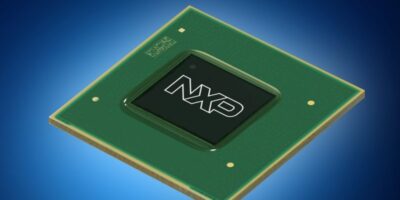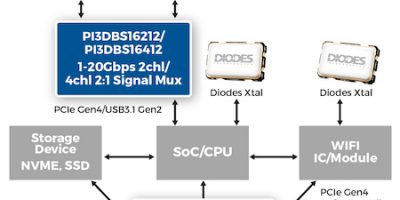Semiconductor and components distributor, Mouser Electronics, now stocks the i.MX 8M family of applications processors from NXP Semiconductors. The i.MX 8M family is designed to enable embedded designers to meet the new standards of user interface, intelligence and connectivity set by consumer electronic devices. The processors can be used to increase video, graphic, and audio system requirements for smart home and smart IoT applications, such as streaming video devices, streaming audio devices, industrial tablets, medical and fitness, digital signage, and general-purpose human machine interface (HMI) solutions.
The NXP i.MX 8M processors integrate a general-purpose Arm Cortex-M4F core for real-time low-power processing, a GC7000Lite graphics processor, and either two (i.MX 8M Dual processors) or four (i.MX 8M Quad and QuadLite processors) Arm Cortex-A53 cores running at up to 1.5GHz.
The i.MX 8M quad and i.MX 8M dual processors have hardware acceleration for video playback up to 4K and video decoding in h.265, h.264 and VP9. Both processors support 32-bit audio samples with up a sampling rate to 768kHz. The i.MX 8M QuadLite processor allows for video playback with software decoders if needed, for graphics, processing performance, and high-speed interfaces.
NXP’s i.MX 8M processors are supported by the i.MX 8MQuad evaluation kit, which provides several memory options, a 10/100/1000 Ethernet port, USB 3.0 connectors, and PCIe high-speed interfaces. The board includes connectors for HDMI 2.0, MIPI-DSI for local displays, two MIPI-CSIs for camera input, USB 3.0, Gigabit Ethernet, an audio interface expansion connector, and a 3.5 mm headphone jack.
Mouser strives to empower innovation among design engineers and buyers by delivering advanced technologies. It claims to stock the world’s widest selection of the latest semiconductors and electronic components for the newest design projects. Mouser Electronics’ website is continually updated and offers advanced search methods to help customers quickly locate inventory. Mouser.com also houses data sheets, supplier-specific reference designs, application notes, technical design information, and engineering tools.







